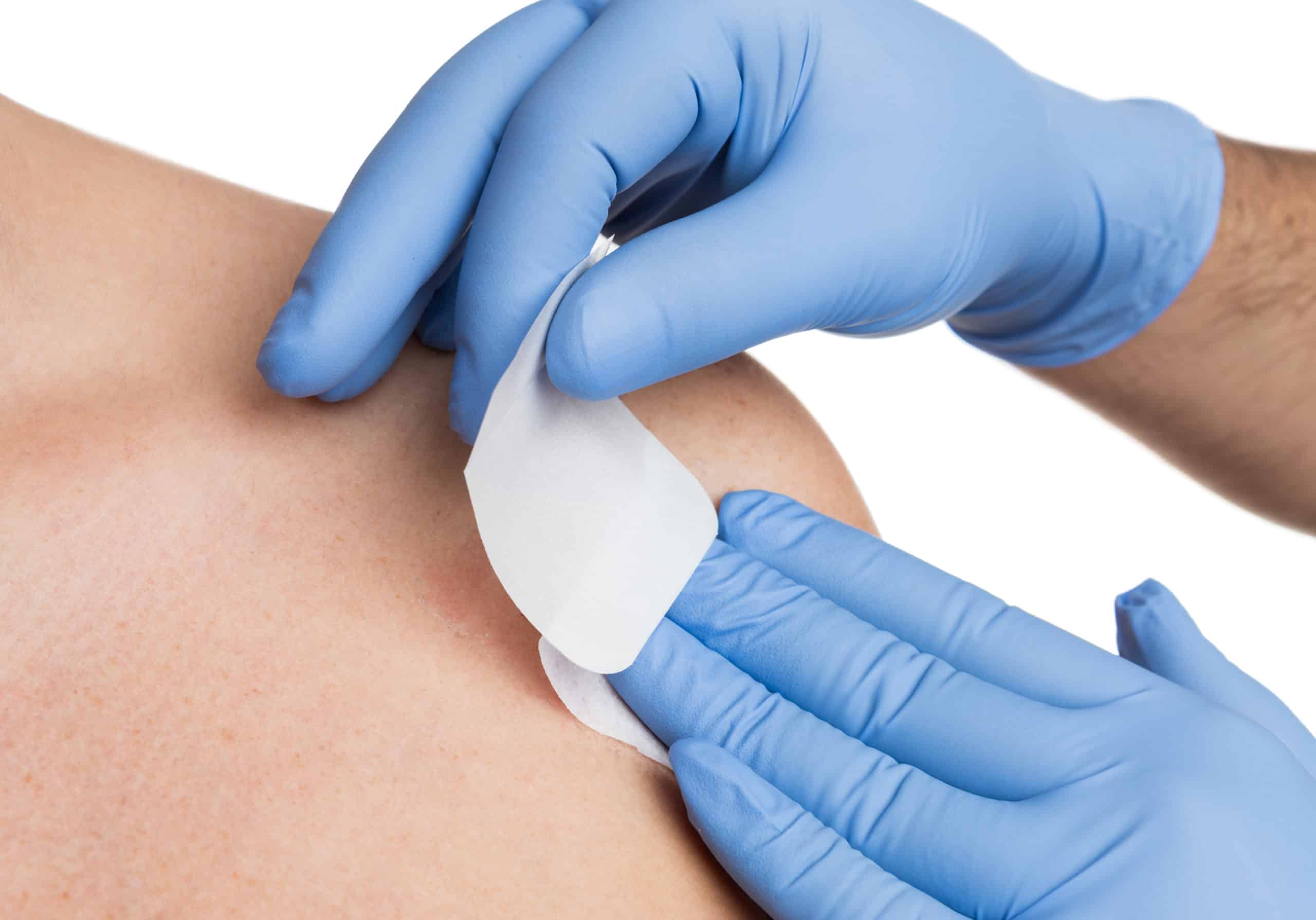Biopsies of the skin are generally more straightforward than biopsies of other sites, mainly because skin lesions are easier to access.
Skin biopsies can usually be done in the office, and the patient will often get a small injection of numbing medicine before the procedure. Skin biopsies will need to be interpreted by a pathologist, who specializes in skin disease.
Types of Skin Biopsies
There are a few types of skin biopsies that a doctor can choose from.
Incisional Biopsy
In this technique, the doctor will remove a small piece of tissue from a suspicious lesion. One or two stitches might be required to close up the skin. The goal is not to remove all of the lesion, but rather to get a large enough piece so that a pathologist can make a diagnosis. After the diagnosis, the doctor will decide whether the rest of the lesion needs to be removed or treated further.
Punch Biopsy
This is a type of incisional biopsy in which a special punch biopsy tool is used to remove a small cylinder of tissue from the suspicious area in the mouth. The advantage of this method is that it can help to determine the depth of the lesion, which is important in skin cancers like melanoma.
Excisional Biopsy
In this technique, the entire lesion is removed and then analyzed under a microscope to determine the diagnosis. A few stitches might be required to close up the skin, and there will be a small scar.
Shave Biopsy
This procedure is generally performed by a dermatologist when there is low suspicion that a lesion is cancerous. For this type of biopsy, a thin layer of cells will be removed using a sharp blade. A shave biopsy does not give information about the depth of a lesion and how far it extends into the skin, so it should not be used if there is suspicion that a lesion is cancerous. Knowing the depth of the lesion can help doctors determine the best type of treatment.

Download This Section
Feel free to download and print this page.
It’s free for personal use and to share with others you think might benefit from the information provided.
In some cases, a skin cancer may be associated with lymph nodes in the head or neck.
If a doctor notices an enlarged lymph node, they might want to take a biopsy. This can be done by fine needle aspiration, core biopsy, open biopsy (rarely) or by sentinel lymph node biopsy in the operating room. Sentinel lymph node biopsies for skin cancers are mainly used for melanoma and Merkel cell cancers. Learn more about biopsies of neck masses.












